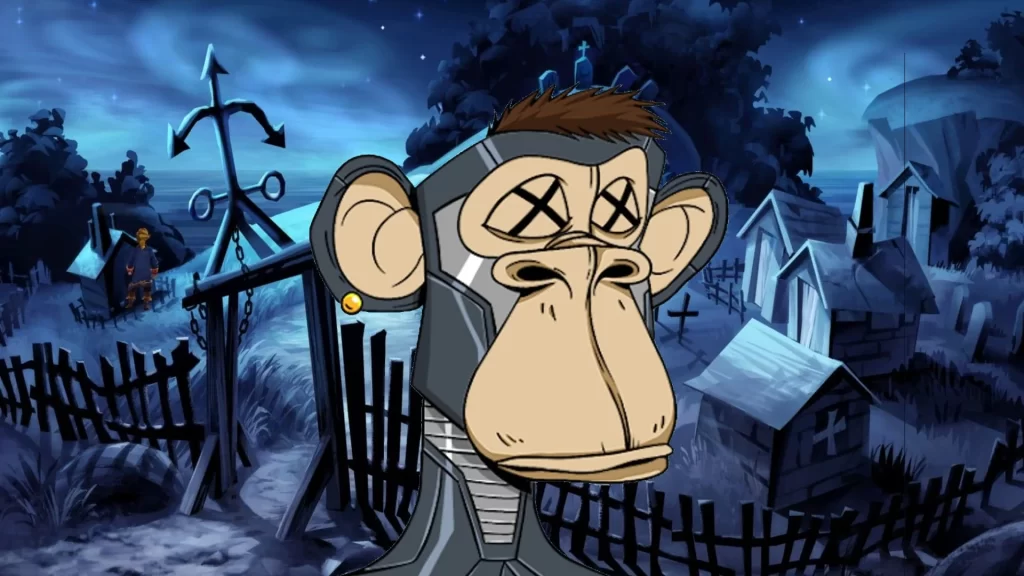Introduction: The NFT Journey
Remember when everyone was talking about NFTs back in 2021? It was like a digital gold rush—everybody wanted a piece of the pie. From celebrities buying Bored Apes to artists selling their work for millions, it seemed like NFTs were taking over the world. But then, just as quickly as it started, the bubble burst, and suddenly, NFTs were yesterday’s news. Now, in 2025, are they making a comeback? Can they return to their former glory or even surpass it? Let’s take a stroll through their wild ride and see where we stand.
The Early Days: A Slow Start
NFTs didn’t just pop up overnight. They started way back in 2012-2013 with Bitcoin-based colored coins, but it was the launch of CryptoKitties on the Ethereum blockchain in 2017 that brought them into the public eye. Remember those digital cats you could breed and trade? It was quirky, but it showed the world NFTs could be more than just tech nerd talk. The first NFT, “Quantum,” was created in 2014 by Kevin McCoy on the Namecoin blockchain, but it was projects like CryptoPunks and Bored Ape Yacht Club (BAYC) that truly popularized NFTs.
The Boom: 2021-2022, When NFTs Took Over
In 2021 and 2022, NFTs experienced unprecedented growth. BAYC, launched in April 2021, sold out its 10,000 unique NFTs in just 12 hours at 0.08 ETH each (about $180 at the time). The floor price later skyrocketed to over $400,000, attracting celebrities like Justin Bieber, Eminem, and Serena Williams, and generating over $750 million in trading volume. It wasn’t just BAYC—CryptoPunks, launched in 2017, saw punks sell for millions, like one for $23.7 million in February 2022. Art Blocks became a hub for generative art, with collections like Chromie Squiggles gaining traction, and Decentraland’s virtual land parcels traded for $2.4 million in November 2021. Music NFTs took off, with Kings of Leon releasing their album “When You See Yourself” as an NFT in March 2021, and artists like Grimes selling digital art for $6 million. The market hit dizzying heights, with total trading volume reaching approximately $30 billion in 2021, according to NonFungible.com.
The Crash: When the Bubble Burst
But by late 2022, the bubble popped. Trading volumes dropped by 97% from January to September, and reports showed up to 95% of NFT collections became worthless, leaving 23 million people holding dust. Why? Market saturation, over-speculation, security hacks on Discord, and the broader crypto market crash didn’t help. BAYC’s floor price tumbled from over $400,000 to around $27,656 by 2023, and community events felt like ghost towns. CryptoPunks’ floor price dropped from $123,000 to around $45,000, Art Blocks saw trading volumes plummet, and Decentraland’s land prices crashed, with some parcels losing 90% of their value. OpenSea, the biggest marketplace, laid off half its workforce in November 2023, and security issues, like a $1.7 million hack in February 2022, eroded trust.
Where Are We in 2025? A Glimmer of Hope
Now, in March 2025, things are looking up, but it’s not the wild west of 2021. Research suggests the NFT market’s revenue is projected at $608.6 million this year, with 11.64 million users (Statista Market Forecast). Other forecasts are more optimistic, like Grand View Research projecting the market size at around $45 billion by 2025, suggesting growth. BAYC’s still a powerhouse, with a floor price around $27,656 and a market cap over $276 million, plus new ventures like the Otherside metaverse and BMW partnerships (NFT Plazas). CryptoPunks have stabilized at around $45,000, and Art Blocks is focusing on curated drops. Gaming NFTs, like Axie Infinity, are seeing renewed interest, with the in-game market valued at $3.64 billion in 2022, expected to hit $15.46 billion by 2027 (Demand Sage). It’s not the same hype, but there’s a vibe of cautious optimism.
Can They Grow Bigger?
So, can NFTs return to their former glory? It’s unlikely we’ll see the same speculative frenzy, but the evidence leans toward growth. The market’s maturing, focusing on utility—like in-game assets, loyalty programs, and real-world use. Challenges like regulation and environmental concerns remain, but projections suggest the market could hit $231.98 billion by 2030 (Nansen). It’s a slow climb, but with tech advancements and broader adoption, NFTs might just grow even bigger than before. And here’s the unexpected twist: blue-chip projects like BAYC are adapting, integrating metaverse features and brand deals, showing a future where utility, not just speculation, drives value.
